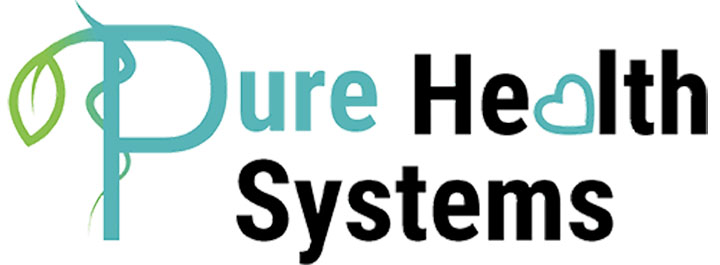Food Allergies are reactions to foods and can be caused by many different mechanisms and can trigger various symptoms. But contrary to popular belief, not all of these adverse reactions are food allergies. A true food allergy or food hypersensitivity refers to “adverse responses to food that are:
- mediated by immunologic mechanisms,
- occur after consumption of a particular food, and
- cause functional changes in target organs”
Reactions that do not involve the immune system are food intolerances and are not true food allergies. These nonallergenic reactions are thought to be much more common than food allergies, and can be caused by toxic, pharmacologic, metabolic, or idiosyncratic reactions to chemical substances and proteins in foods. The most common cause of food intolerances is improper or incomplete digestion, as is the case with lactose intolerance. Those with lactose intolerance are not allergic to milk or dairy, but do exhibit a reaction because they are lacking the enzyme lactase to completely digest these foods.
The exact cause of food allergies is unknown but is thought to involve a genetic predisposition. However, just because your parents have food allergies, does not absolutely mean you will develop a food allergy. There must also be an “environmental insult” that triggers the allergy. The “environmental insult” can be pollution, eating a particular food while your gut integrity is diminished due to illness, or even developing an airborne allergy.
Food allergies are relatively rare and occur in only 6% of children under 3 years of age and in 1.4% of adults. The most common food allergies are: milk and dairy, eggs, nuts, fish, wheat, and soy. Symptoms involved in food allergy reactions can range from gastrointestinal symptoms such as nausea, vomiting and diarrhea or skin reactions such as uticaria, eczema, and itching to respiratory reactions such as asthma or a full systemic response called anaphylaxis or anaphylactic shock.
The immune system is designed to protect the body from exposure to invading organisms (bacteria, viruses, etc.) by responding to invading organisms or any proteins that are not recognized as part of the body. The most common entrance to the body for these invaders and foreign proteins is through the gut. However, since every food we eat contains proteins that are foreign to the body, it would be inefficient for the body to create a full immune response every time we eat. As a result the body has developed an “oral tolerance” that exists only in the gut and prevents the immune system from hyper-responding to foreign proteins in foods. The unique system in the gut that favors tolerance is called Gut-Associated Lymphoid Tissue (GALT).
The GALT system still protects the host from ingested pathogens that can cause harm, but can also protect the host from over-reacting to ingested proteins. In normal, healthy individuals the GALT system responds to ingested invaders to protect the individual and will elicit an immune response against the invader, but will not elicit an immune response to ingested food proteins. However, in individuals with food allergies, the GALT system will respond to particular food proteins as invaders and will elicit a full immune response against the ingested food protein. Depending on whether the response is systemic or local, the individual will experience symptoms ranging from nausea and vomiting to full-blown anaphylactic shock and respiratory arrest.
There are some preventive measures that can be taken to assist individuals at risk for food allergies. The first preventive measure is breast-feeding. If the child is at risk for food allergies (by having one or both parents with allergies), the mother can help prevent the food allergy from developing by avoiding foods that are potentially allergenic during pregnancy and lactation and by breast-feeding the infant. If the mother breast-feeds, but does not follow the avoidance diet, most of the protective effects of breast-feeding are diminished. In addition to breast-feeding, the mother can help by delaying the introduction of solid foods into the child’s diet and specifically by delaying the introduction of common allergenic foods.
Researchers have also found that those with food allergies and food intolerances can minimize symptoms and reactions by:
- Following an avoidance diet or rotation diet.
- Minimizing exposure to pollution and other toxins.
- Including essential fatty acids from flaxseed oil or fish oil that moderate the inflammatory response.
- Including glutamine to improve the integrity of the intestinal tract.
- Including probiotics to improve the function of the intestinal tract.
- Ensuring complete digestion through the use of digestive enzymes.
Although following an avoidance diet or rotation diet may be difficult, it is helpful in minimizing irritation and inflammation of the intestinal system. The swelling and irritation can interfere with absorption of vitamins and minerals. Even if you are eating a wholesome, nutritious diet, the food may not be absorbed properly and you may not be getting the full benefit of many essential nutrients. For this reason, it is important to avoid foods that trigger reactions and provide the nutritional support necessary to repair the intestinal tract.
Consult your health practitioner on all medications, herbs and supplements you are taking. Consult your health professional before beginning The Enzyme Diet™ or any other diet or exercise program. Some herbs can react with medications, both prescribed and over the counter, and some herbal combinations can cause serious side effects.
For a great supplemental program, please visit our Whole Food Products Page
